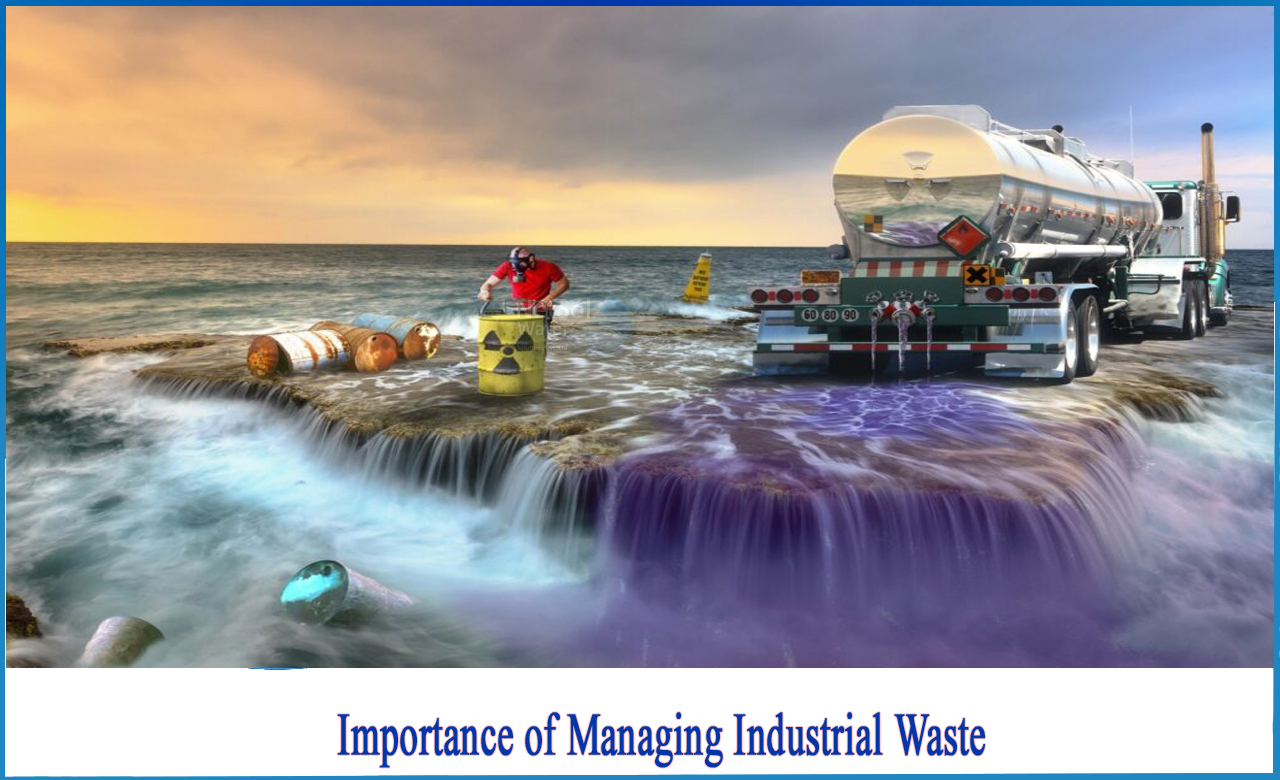Reclaim Waste - Questions
Reclaim Waste - Questions
Blog Article
The Reclaim Waste PDFs
Table of ContentsThe Single Strategy To Use For Reclaim WasteNot known Incorrect Statements About Reclaim Waste The Greatest Guide To Reclaim WasteWhat Does Reclaim Waste Do?The Definitive Guide for Reclaim Waste
Residential sewage waste refers to the waste and products from a household septic tank. The correct monitoring and disposal of domestic sewage waste need liquid waste to be moved to a sewage therapy plant where the appropriate techniques and equipment are applied to cleanse and dispose of waste.
Commercial waste frequently consists of possible risks, such as combustible products or a mix of fluid and strong waste products, and requires a more innovative and comprehensive disposal procedure. The disposal of business waste typically includes the purification of waste prior to transportation to make sure secure and proper disposal. Industrial waste is produced from by-products and drainage of commercial procedures and manufacturing.
This kind of waste can not utilize the exact same sewer management transportation or procedures as septic or business fluids. The commercial waste management process needs the assessment and screening of fluid waste prior to it undertakes the disposal process (liquid waste removal). Drainage waste is the fluid waste that originates from overflow and excess stormwater in extremely booming locations or cities
Runoff waste can create contamination and flooding if not taken care of effectively. Making certain appropriate waste management can protect against calamities and minimize environmental injury.
What Does Reclaim Waste Mean?
Get in touch with PROS Services today to find out about our waste monitoring and disposal services and the correct ways to look after the liquid waste you generate.
(https://www.behance.net/leonaube)Do you understand what occurs to your water when you end, purge the toilet or drain the washing equipment? No? Well, it's worth recognizing. This supposed 'wastewater' is not only an essential source but, after therapy, will be launched to our land, waterways or the sea. Used water from commodes, showers, baths, cooking area sinks, laundries and industrial processes is recognized as wastewater.

water used you can look here to cool machinery or tidy plant and devices). Stormwater, a type of wastewater, is drainage that streams from agricultural and metropolitan areas such as roof coverings, parks, gardens, roads, paths and gutters into stormwater drains pipes, after rainfall. Stormwater moves untreated directly to neighborhood creeks or rivers, eventually reaching the ocean.
About Reclaim Waste
In Queensland, many wastewater is treated at sewage therapy plants. Wastewater is delivered from residential or commercial sites through a system of sewers and pump stations, referred to as sewerage reticulation, to a sewage treatment plant. City governments build, maintain and run most sewage treatment plants. Operators are licensed under the Environmental Security Act 1994 to discharge cured wastewater at an appropriate ecological criterion into waterways.
The Division of Natural Resources encourages city governments concerning handling, operating and maintaining sewage systems and therapy plants. In unsewered areas, neighborhood federal governments may require owners to set up specific or house sewer treatment systems to deal with residential wastewater from toilets, kitchens, bathrooms and washings. The Department of Natural Resources authorizes using home systems when they are proven to be reliable.
In some new class, treatment of some stormwater to remove trash, sand and crushed rock has started using gross contaminant catches. Wastewater treatment happens in 4 stages: Gets rid of solid matter.
Utilizes small living microorganisms understands as micro-organisms to damage down and remove staying liquified wastes and great fragments. Micro-organisms and wastes are incorporated in the sludge.
Everything about Reclaim Waste
Nutrient removal is not available in any way sewage treatment plants because it requires expensive specialized equipment. It is coming to be a lot more usual in Queensland. Clear liquid effluent generated after treatment might still consist of disease-causing micro-organisms. If this effluent is launched right into rivers such as rivers or the sea, the micro-organisms will ultimately pass away out.

This normally implies wastewater has to be dealt with or pollutants removed prior to it can be released to waterways. The majority of wastewater moves into the sewage system. Under the Act, city governments carry out approvals and licences for environmentally pertinent tasks (ERAs) entailing wastewater releases that could have a regional impact. The division administers authorizations and licences to Periods including wastewater launches that may have a local or statewide effect.
Some Known Facts About Reclaim Waste.
Otherwise, examples are taken for laboratory analysis. Usually numerous examinations are required to develop the degrees of each of the various pollutants such as oils, heavy metals and pesticides in water. Tracking gives factual information about water high quality and can verify that permit problems are being fulfilled. The details gotten via monitoring offers the basis for making water high quality decisions.
Report this page